Coastal Carpet Python
- December 17, 2023
- 0 comment
The Coastal Carpet Python, scientifically known as Morelia spilota mcdowelli, is a striking and robust snake species that inhabits the coastal regions of northern Australia and parts of New Guinea. Renowned for its vibrant and intricate patterned appearance, the Coastal Carpet Python showcases a mesmerising mix of earthy tones, ranging from rich browns and deep blacks to creamy yellows.
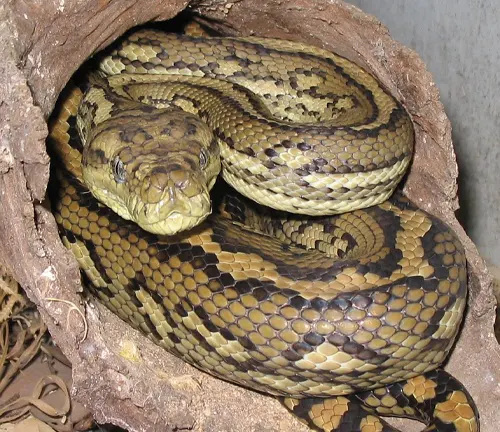
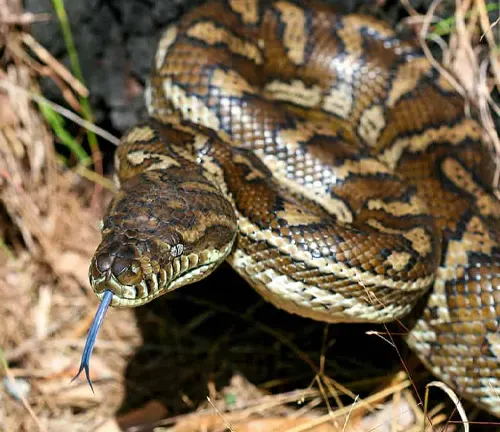
Its slender and agile physique, coupled with an average length of around six to nine feet, makes it an impressive sight in its natural habitat. This non-venomous constrictor is highly adaptable, thriving in diverse ecosystems such as rain forests, woodlands, and coastal heath lands. With a predominantly nocturnal lifestyle, the Coastal Carpet Python preys on a varied diet of small mammals, birds, and occasionally reptiles.
Popular among reptile enthusiasts, these pythons are appreciated for their docile temperament and are often kept as captivating and manageable pets, contributing to their popularity in the exotic pet trade. Despite their impressive size, Coastal Carpet Pythons are generally amenable to human interaction when raised in captivity, making them a fascinating choice for reptile enthusiasts seeking a captivating and manageable snake companion.
| Characteristic | Details |
|---|---|
| Scientific Name | Morelia spilota mcdowelli |
| Geographic Range | Northern Australia, parts of New Guinea |
| Size | Average length of 6 to 9 feet |
| Coloration | Vibrant mix of browns, blacks, and creamy yellows |
| Habitat | Coastal regions, rainforests, woodlands, heathlands |
| Diet | Small mammals, birds, occasional reptiles |
| Venom | Non-venomous, kills prey through constriction |
| Activity | Predominantly nocturnal |
| Temperament | Generally docile, especially in captivity |
| Popularity as a Pet | Highly popular in the exotic pet trade |
| Interaction in Captivity | Tends to be amenable to human interaction |
| Note | Known for intricate patterns and adaptability |
Venomous or Not Venomous?
Dispelling misconceptions, the Coastal Carpet Python is a non-venomous snake. Instead of relying on venom to subdue its prey, this species employs constriction, wrapping itself around its target with impressive strength. Understanding the truth about its venom status is crucial for appreciating this snake’s role in its ecosystem and as a potential exotic pet.
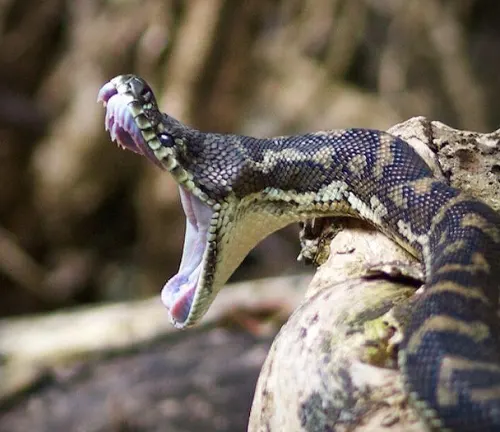
Ecological Importance
In the intricate tapestry of ecosystems, the Coastal Carpet Python plays a vital role. As an apex predator, it helps regulate populations of smaller mammals and birds, contributing to the delicate balance of the food chain. Its presence is indicative of a healthy and functioning ecosystem, underscoring the importance of biodiversity conservation.
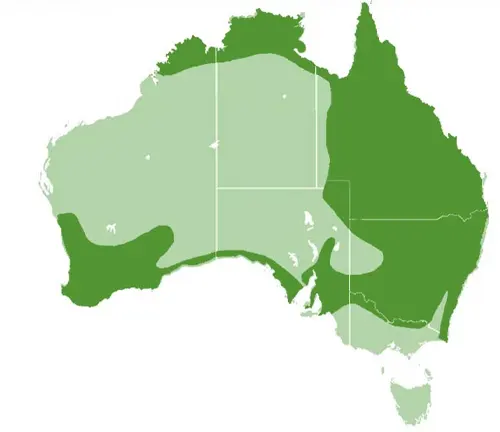
Habitat
Adaptable and versatile, the Coastal Carpet Python calls a variety of environments home. From the coastal regions of northern Australia to the woodlands and rain forests, this species showcases its ability to thrive in diverse habitats. Understanding its preferred environments is crucial for conservation efforts and responsible pet ownership.
Behaviour
Nocturnal by nature, the Coastal Carpet Python exhibits fascinating behavior in the wild and captivity. Its agility and hunting techniques make it a formidable predator, while its relatively docile temperament, especially in captivity, has endeared it to reptile enthusiasts. Exploring its behavior sheds light on the delicate balance between its wild instincts and its adaptability to human interaction.
Art and Culture
The Coastal Carpet Python, with its striking appearance, has found its way into the realm of art and culture. From indigenous myths to contemporary art, this snake has become a symbol of beauty and strength. Exploring its cultural significance adds another layer to the appreciation of this remarkable species.
Survival
Survival in the wild poses challenges for the Coastal Carpet Python. From threats such as habitat loss to encounters with predators, understanding the hurdles it faces is crucial for conservation efforts. Examining its survival mechanisms provides insights into the resilience of this species in the face of adversity.

Conservation
Conserving the Coastal Carpet Python and its habitats is paramount. Efforts to protect these snakes from illegal trade, preserve their natural environments, and raise awareness about their ecological importance are vital components of conservation initiatives. The collaboration between researchers, conservationists, and the public is crucial for ensuring the continued existence of this species.
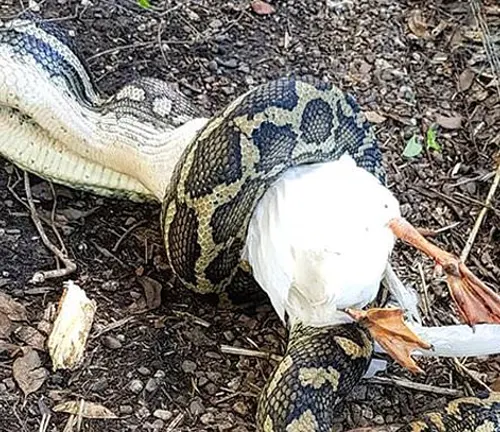
Common Food
Unraveling the dietary habits of the Coastal Carpet Python reveals a menu that includes small mammals, birds, and occasional reptiles. Studying its common food sources enhances our understanding of its ecological role and aids in providing appropriate care for those who choose to keep them as pets.
Benefits
Beyond their ecological importance, Coastal Carpet Pythons offer tangible benefits to humans. As captivating pets, they contribute to the thriving exotic pet trade. Responsible ownership fosters a deeper connection between humans and these magnificent creatures, promoting education and appreciation for the natural world.
Different Species
Morelia spilota mcdowelli
(Coastal Carpet Python)
This is the primary subspecies referred to as the Coastal Carpet Python, native to the coastal regions of northern Australia and some parts of New Guinea. They are known for their vibrant coloration and can exhibit a range of patterns.

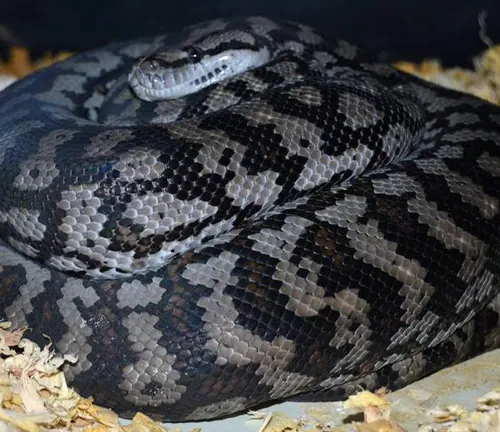
Morelia spilota variegata
(Inland Carpet Python)
Often considered a subspecies of the Coastal Carpet Python, the Inland Carpet Python inhabits the inland regions of Australia. They can display variations in coloration and pattern, adapting to their specific habitats.
Morelia spilota metcalfei
(Jungle Carpet Python)
Found in the rain forests of Queensland and New Guinea, the Jungle Carpet Python boasts a distinctive appearance with bold colours and intricate patterns. They are highly sought after in the exotic pet trade.
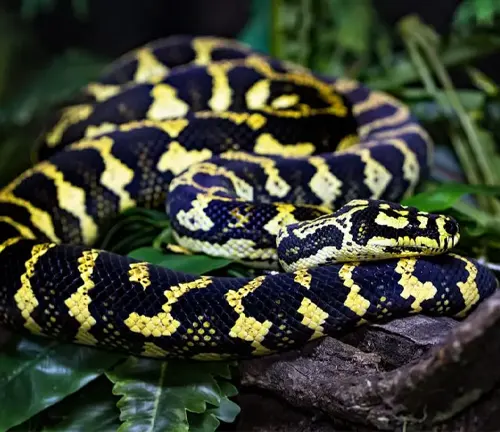
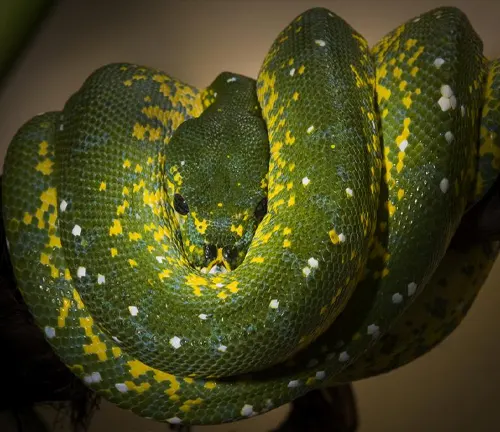
Morelia spilota cheynei
(Chondropython)
Also known as the Chondropython or Chondro Python, this subspecies is native to the islands of Aru and surrounding regions. They are characterised by their stunning green coloration and are particularly popular among reptile enthusiasts.
Morelia spilota imbricata
(Southwestern Carpet Python)
Inhabiting the southwestern regions of Western Australia, this subspecies is adapted to a drier climate. They display variations in colour and pattern to blend with their arid surroundings.
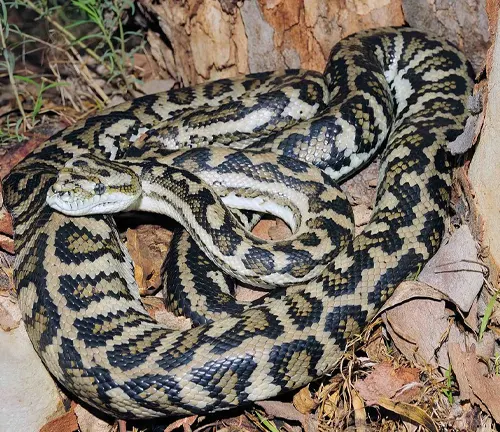
Conclusion
In conclusion, the Coastal Carpet Python is not merely a reptilian wonder; it is a vital component of ecosystems, an artistic inspiration, and a subject of cultural significance. Understanding its botanical beauty, behaviour, and ecological role enhances our appreciation for this species, highlighting the importance of responsible coexistence and conservation efforts.
Frequently Asked Questions (FAQs)
- What is a Coastal Carpet Python?
A Coastal Carpet Python, scientifically known as Morelia spilota mcdowelli, is a snake species native to the coastal regions of northern Australia and parts of New Guinea. It is known for its vibrant coloration and is a popular species in the exotic pet trade. - Are Coastal Carpet Pythons venomous?
No, Coastal Carpet Pythons are non-venomous. They use constriction to subdue their prey rather than relying on venom. - What is the size of a Coastal Carpet Python?
Coastal Carpet Pythons typically have an average length of 6 to 9 feet, though some individuals may grow larger. - What is their natural habitat?
They inhabit a variety of environments, including coastal regions, rainforests, woodlands, and heathlands. - What do Coastal Carpet Pythons eat?
Their diet includes small mammals, birds, and occasionally reptiles. In captivity, they are typically fed rodents. - Are Coastal Carpet Pythons good as pets?
Coastal Carpet Pythons can make good pets for experienced reptile keepers. They are known for their relatively docile temperament and striking appearance. - How do you care for a Coastal Carpet Python in captivity?
Proper care involves providing a secure and appropriately sized enclosure, maintaining temperature and humidity levels, and offering a suitable diet. - Are Coastal Carpet Pythons endangered?
While they are not currently listed as endangered, conservation efforts are important to ensure the preservation of their natural habitats and populations. - Do Coastal Carpet Pythons have specific colour variations or morphs?
Yes, Coastal Carpet Pythons can exhibit various colour morphs and patterns. These variations contribute to their popularity in the pet trade. - What is the lifespan of a Coastal Carpet Python?
In captivity, with proper care, Coastal Carpet Pythons can live for two decades or more. - How do they reproduce?
Coastal Carpet Pythons are oviparous, meaning they lay eggs. After mating, the female lays a clutch of eggs, which she incubates until they hatch. - Are there any legal considerations when owning a Coastal Carpet Python?
Check local laws and regulations, as some areas may have restrictions on owning certain snake species. Additionally, ethical considerations should guide responsible pet ownership.


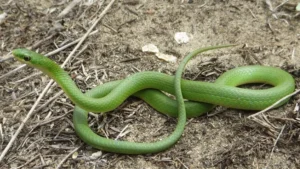

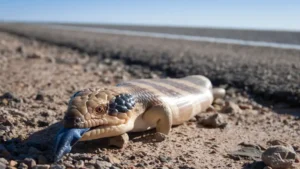
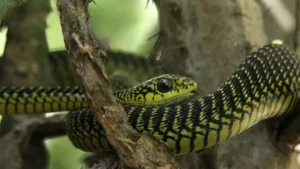




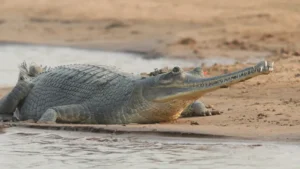
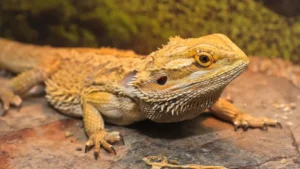
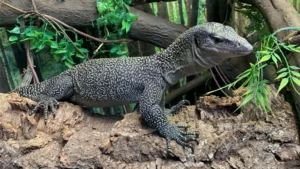
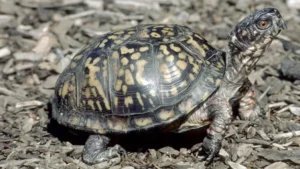
Leave your comment